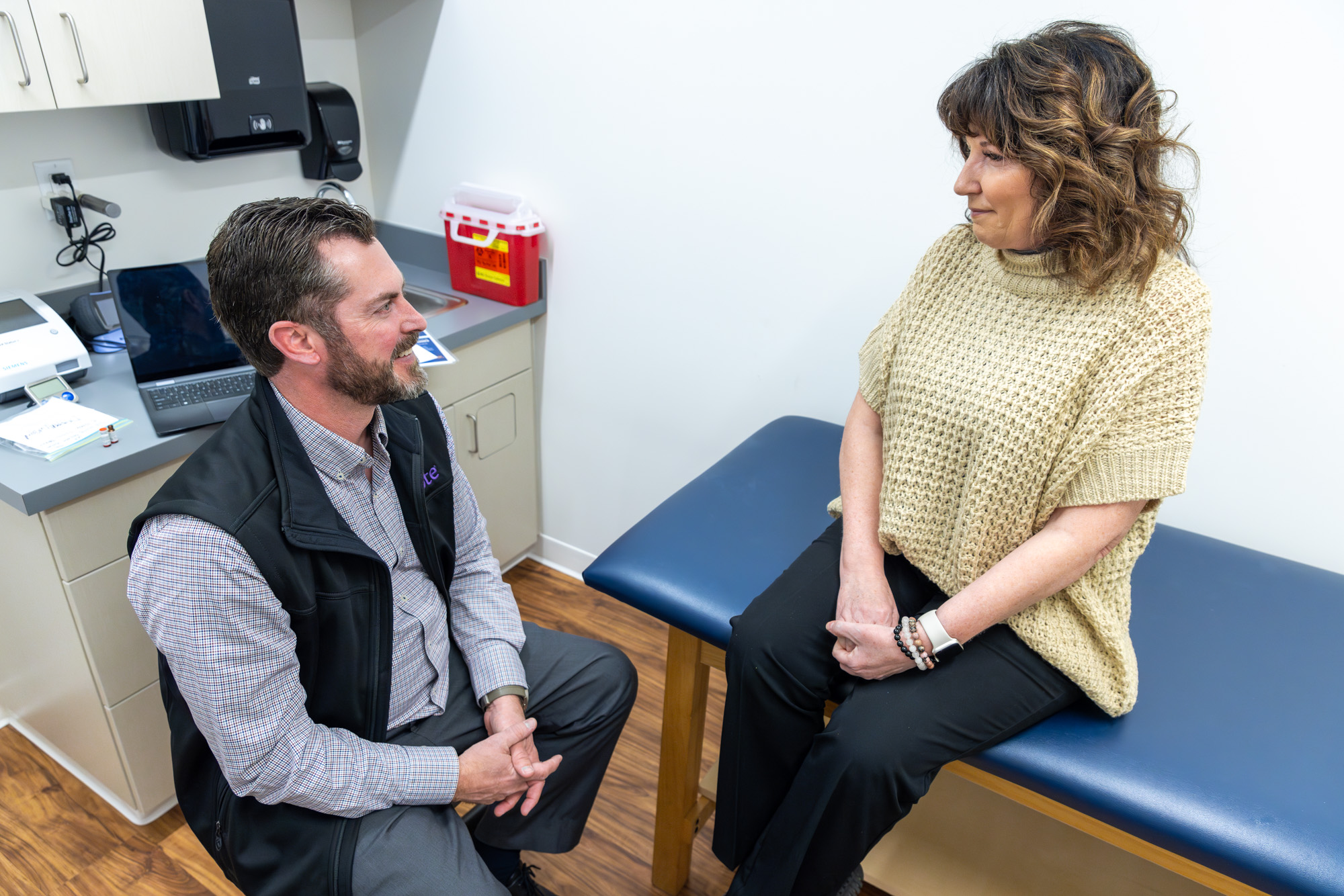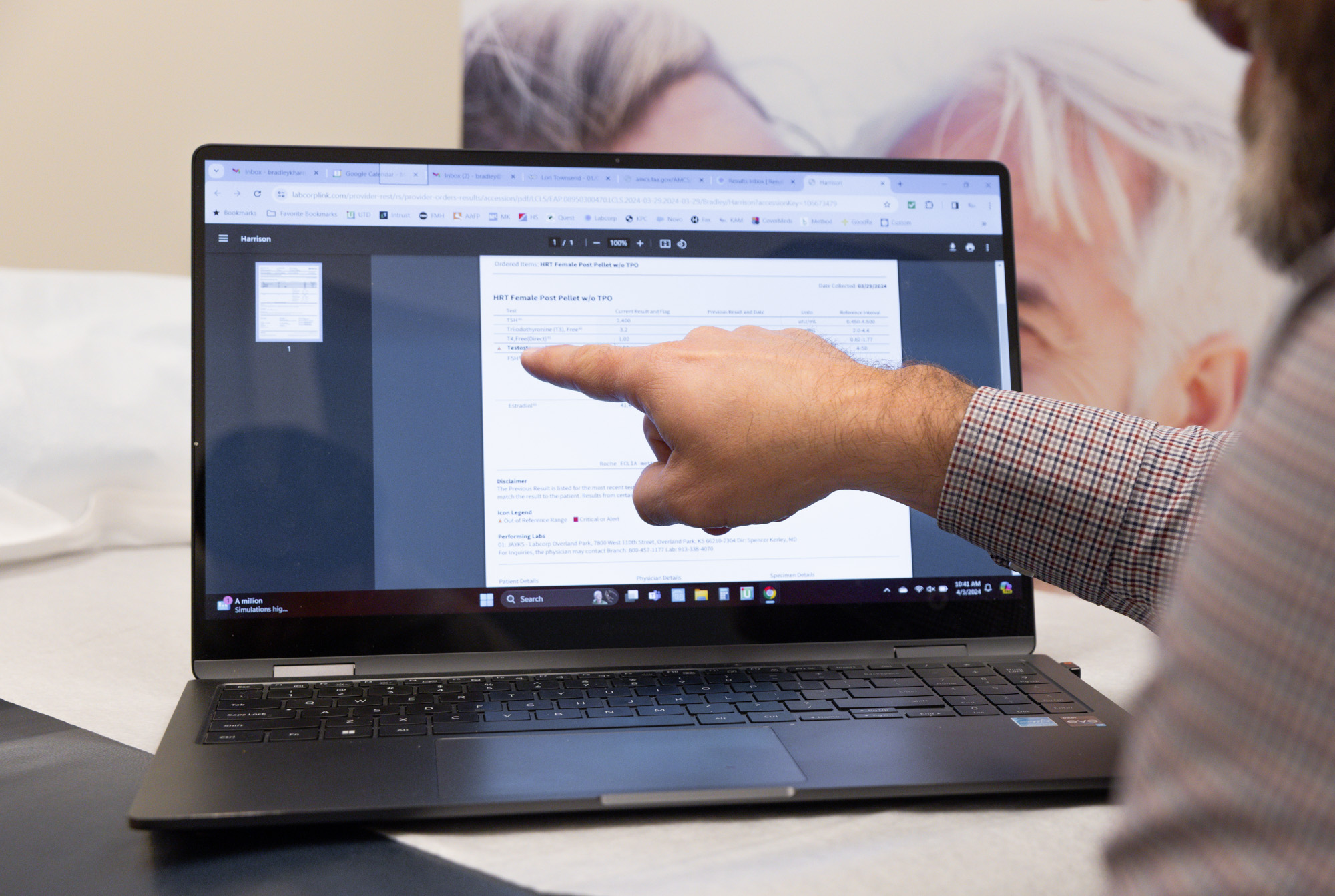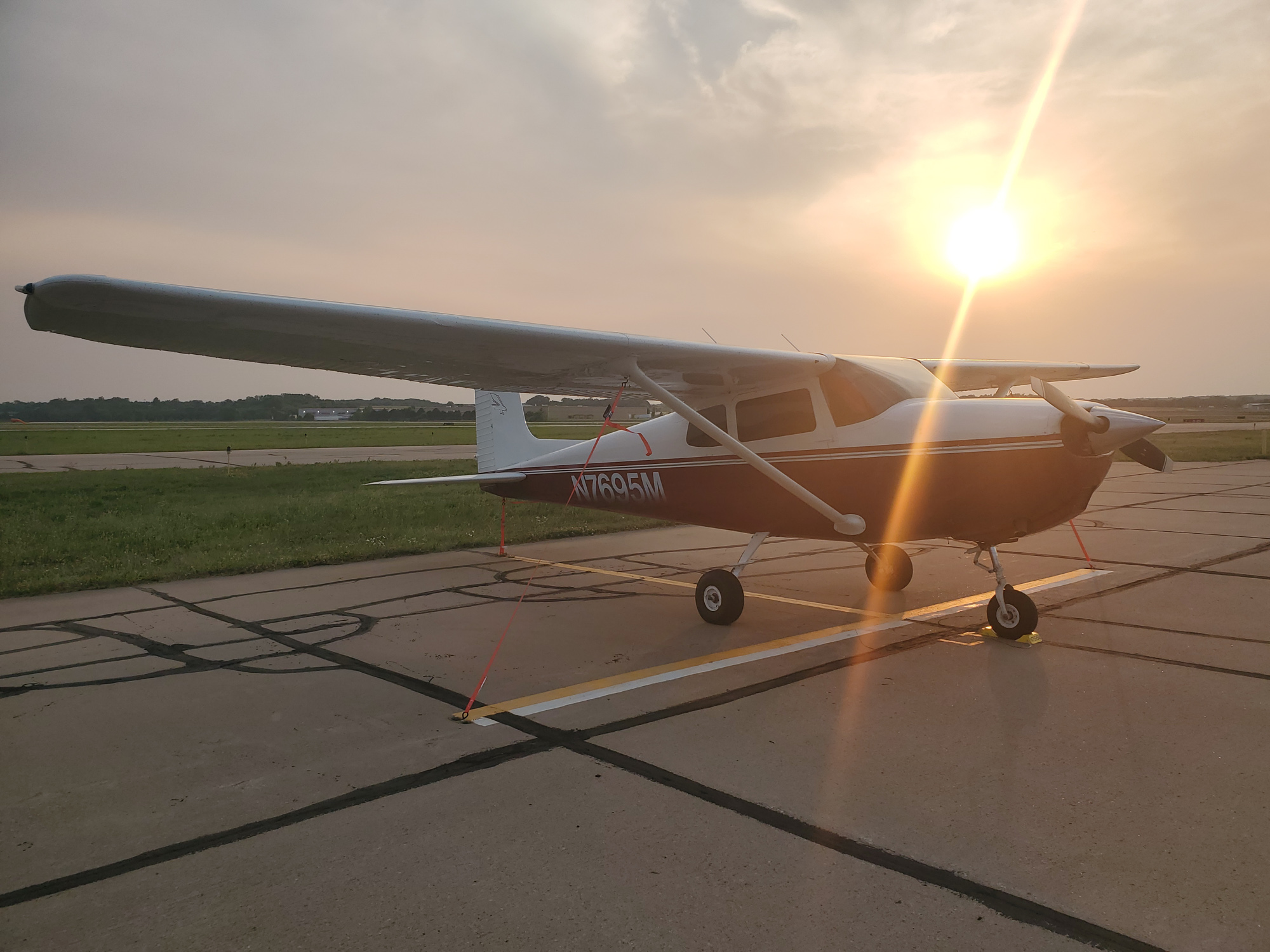
How Successful is the HIMS Alcohol Program?
The FAA has been tabulating data using a new on-line tool: From April 2011, through October 2019 (1st class only), there were 1162 individual pilots involved with 1367 “incidents” necessitating HIMS program entry. However, in the past 2 years that has increased to 200-250 new cases per year. The program success rate appears to be about 85% with sustained abstinence. The single relapse rate was 12.7 %, with 3% for 2 or more relapses.
Of the approximate 2500 AME’s only 204 HIMS AMEs have been certified as of the end of 2019.
According to the FAA, only 48 AMEs do the vast majority of HIMS work (6 or more cases).

HIMS Explained
The FAA HIMS program exists to give pilots a pathway back to the cockpit after specific medical issues. Originally, HIMS focused on helping professional pilots who were recovering from alcohol or drug problems—but over time, it expanded. Today, the program also covers private pilots, those taking antidepressant medications (SSRIs), and pilots managing certain complex medical conditions.
Before 1974, if a pilot had a history of alcoholism or illicit drug use, the FAA would permanently deny medical certification—no exceptions. However, pilots and the FAA knew there had to be a better way. The Air Line Pilots Association (ALPA), the FAA, and the National Institute on Alcohol Abuse and Alcoholism (NIAAA) came together to develop a solution. That collaboration led to the creation of the Human Intervention Motivation Study (HIMS), which received funding from the NIAAA.
The program’s name highlights its purpose: “Intervention” helps pilots get the support they need once a substance use issue or medical condition is identified. “Motivation” speaks to what drives most of us—our deep desire to get healthy and get back in the air.
Thanks to HIMS, thousands of pilots have been able to regain their medical certification and return to flying safely. If you face this process, know you’re walking a well-established path with proven results.

HIMS Alcohol Length of Monitoring
Over the years, the FAA has expanded the duration of monitoring under the HIMS program. This change came in response to pressure from the NTSB, which recommended that the FAA ensure ongoing oversight for pilots diagnosed with substance dependence for as long as they remain certified.
That said, one thing remains clear: pilots in HIMS are expected to maintain permanent abstinence from mind- and mood-altering substances throughout their flying careers.
The good news is that today’s process follows a more structured, phased approach, which gives pilots a clear roadmap for what to expect. Here’s how it works:
- Initial Phase (Year 1): This is the most intensive part of the process, involving complete monitoring, psychiatric evaluations, and aftercare—similar to what’s already described earlier on this page.
- Early Phase (Years 2–4): During this period, annual HIMS psychiatric evaluations and ongoing aftercare requirements are no longer required.
- Advanced Phase (Years 5–7): Random testing continues at a reduced frequency.
- Maintenance Phase (Year 7+): Your only requirement is to complete your regular medical exam with any HIMS-authorized AME.This phased structure gives pilots a realistic, progressive pathway to full medical clearance with lighter oversight over time—while still maintaining the safety standards that protect both pilots and the flying public.

The second most common reason pilots undergo a HIMS evaluation is current or past use of antidepressant medication.
In 2010, the FAA established a process to grant Special Issuance Authorization medical certificates for pilots taking certain antidepressants.
The FAA allows the following antidepressants for Special Issuance (as a single agent, if otherwise qualified):
- Celexa (Citalopram)
- Lexapro (Escitalopram)
- Prozac (Fluoxetine)
- Zoloft (Sertraline)
- Wellbutrin (Bupropion XL or SR)
- Pristiq (Desvenlafaxine)
- Cymbalta (Duloxetine)
- Effexor (Venlafaxine)
To maintain certification, pilots must complete additional testing, medical monitoring, and documentation as required by the FAA.
The FAA manages this process through the Human Intervention and Motivation Study (HIMS) program. Pilots must work with a HIMS-authorized Aviation Medical Examiner (AME) for both initial certification and ongoing recertification.
Learn More About the FAA HIMS Program
The HIMS process begins when a pilot is identified, often due to a DUI, self-referral, or employer intervention. After evaluation by a HIMS psychiatrist or treatment center, a confirmed diagnosis of substance use disorder leads to inpatient rehab or, if appropriate, a 6-week intensive outpatient program (IOP) with pilot-specific care.

As you near the end of your formal treatment, a HIMS AME will start overseeing your follow-up. Once you’re discharged from treatment, you’ll begin what’s known as “90/90” — attending 90 AA or NA meetings in 90 days. In addition, you’ll join a weekly aftercare group made up of other recovering pilots.
If you also have a psychiatric diagnosis, ongoing therapy will be part of your aftercare plan as well.
Aftercare is all about supporting long-term sobriety and ensuring accountability. Random drug and alcohol testing plays a significant role here — the FAA requires at least 14 yearly tests. You may also use tools like SoberLink breathalyzer monitoring, PEth blood testing, or hair/nail analysis to reinforce compliance. These extra measures help detect alcohol use or substance substitution, even in cases where the original issue involved alcohol alone.
The post-care process is rigorous, but it’s designed to support you and help you stay on course—not to trip you up. Many pilots find that these structures become key pillars of their ongoing success in their flying careers and personal lives.
Nearby Lodging
You’ll find convenient lodging nearby, including Comfort Suites Manhattan and Best Western Manhattan Inn.
Both offer clean, comfortable rooms and easy access to both Kansas Aviation Medicine locations, making your stay stress-free before or after your appointment.




